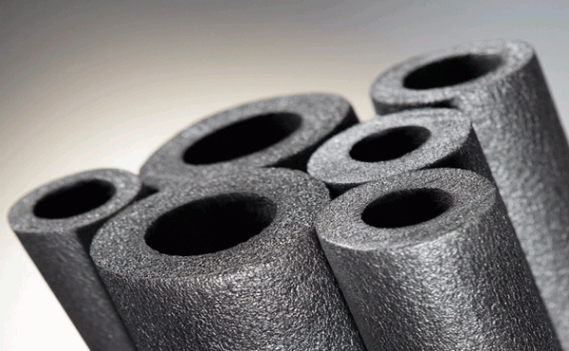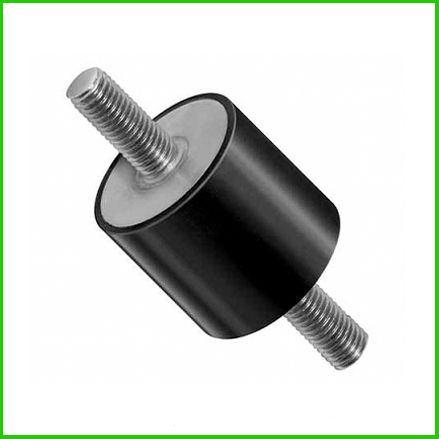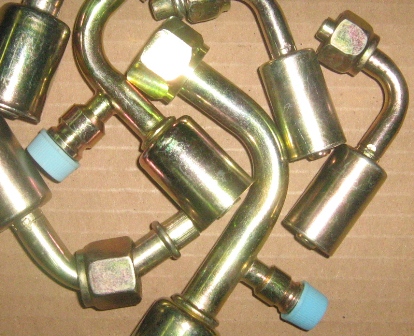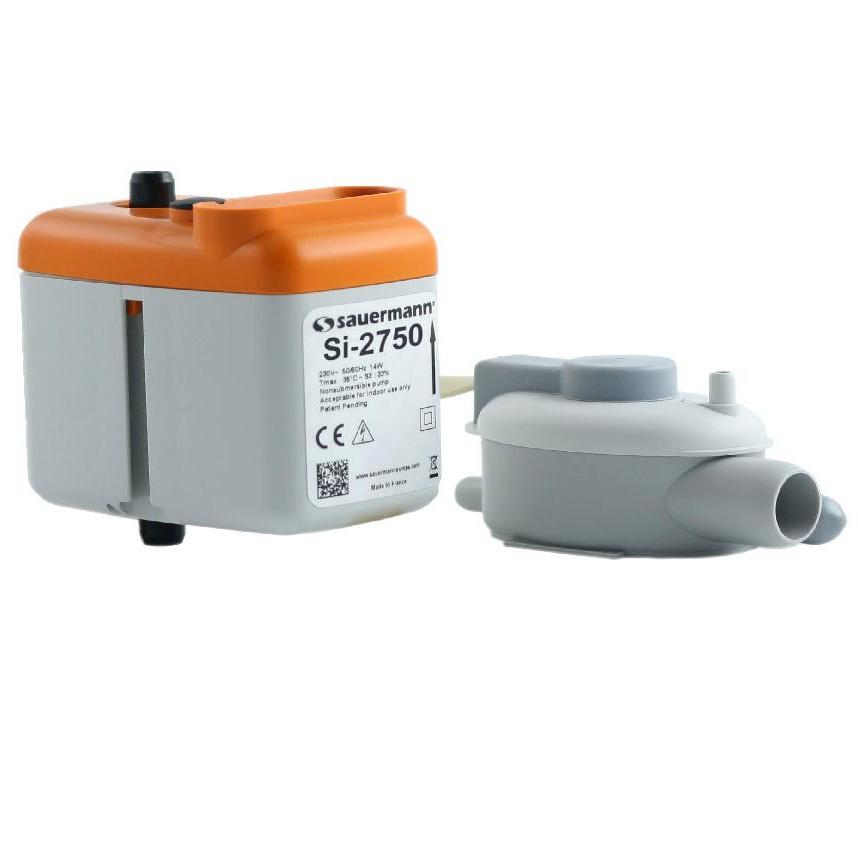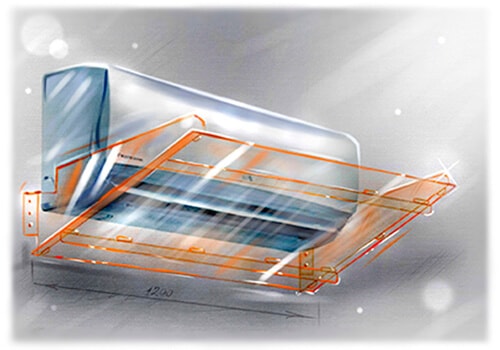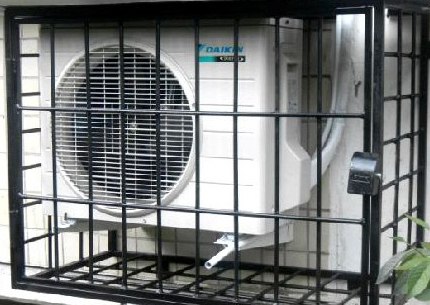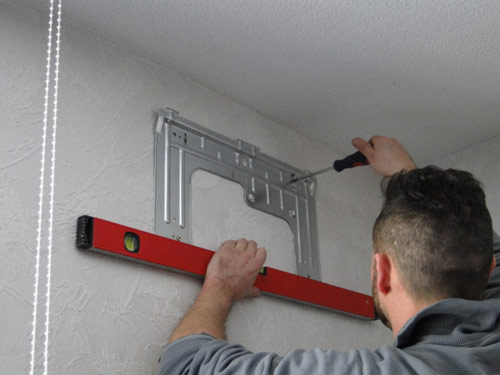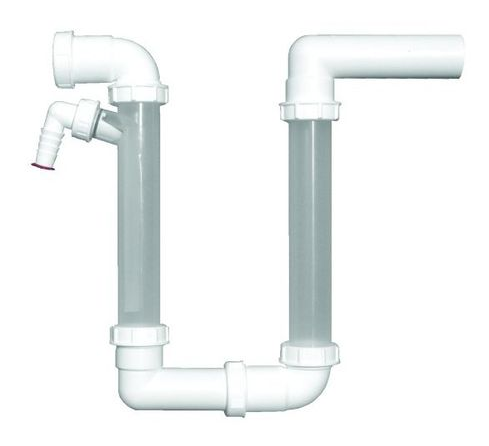In the smooth operation of the air conditioner, its installation plays the main role. A poorly executed installation of freon connecting lines can cause low performance of the device, and poor-quality drainage hose drainage leads to the appearance of an unpleasant smell of stagnant water in the apartment and its ingress into the room.
Copper pipes for air conditioner
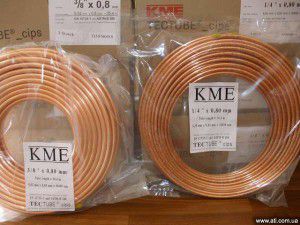
For the freon lines of the air conditioner, copper pipes are used that comply with GOST standards for the size of the diameter, if produced by a domestic company, and DINy or ISO standards, if it is an imported material.
GOST requirements
As a rule, such regulatory documents indicate the main parameters and dimensions that the product must correspond to, namely:
- pipe wall thickness;
- diameter of pipes and fittings;
- product weight;
- copper content in percentage terms;
- mode of production.
In Russia, according to GOST standards, copper pipes for air conditioners and refrigerators must meet the following parameters:
- annealed copper products have a diameter of no more than 7/8, and the wall thickness does not exceed 0.65 mm;
- products made of unannealed copper have a diameter of more than 7/8, and the wall thickness does not exceed 0.85 mm.
Copper pipes are supplied in coils with plugged ends or in finished sections up to 4 meters in length. The bays can also have different sizes - from a couple to several tens of meters.
Each manufacturer must have a certificate for the copper pipe for air conditioning, which confirms its proper technical characteristics and compliance with sanitary and hygienic requirements.
Any company that provides services for the installation of HVAC equipment is obliged to provide a quality certificate for both the copper pipe for air conditioners and other materials used in the installation of cooling devices.
This table shows some parameters that finished products must comply with according to GOST of copper pipes for air conditioners.
| Nominal diameter in inches | Thickness (mm) | Pipe weight (kg / m) |
| 1/2 | 1,0 | 0,42 |
| 3/4 | 1,15 | 0,68 |
| 1 | 1,25 | 0,97 |
| 1-1/2 | 1,5 | 1,7 |
| 2 | 1,75 | 2,6 |
| 2-1/2 | 2,0 | 3,7 |
| 3 | 2,25 | 5,0 |
For copper tubular products manufactured according to foreign standards, these parameters may differ slightly.
The manufacturer of climatic equipment usually indicates in the instructions the required pipe size, since, on the one hand, the diameter must be large to reduce pressure losses, and on the other hand, it will be necessary to ensure the return of oil, which imposes restrictions on the maximum value.
Benefits
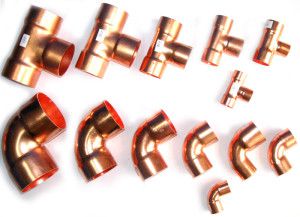
Why is this metal used for the manufacture of a connecting freon line? The fact is that copper is a structural material that exhibits ideal properties for the installation of air conditioning communications. She is:
- has a high degree of resistance to corrosion, which excludes changes in the cross section;
- has a high strength against the effects of chemically active substances (refrigerant and oils);
- resistant to temperature fluctuations ranging from -150 ° C to + 150 ° C;
- immune to ultraviolet and heat radiation.
Products made of annealed copper are easy to bend, with them flaring of air conditioning pipes does not cause any problems. It is difficult to perform such actions with untreated copper, therefore, fittings - couplings and corners are used to join pipe elements together.
Installation
To begin with, check the size of the pipe and cut off the desired length, taking into account a small margin.Before cutting, be sure to straighten the product and install it in the cutter rollers so that the knife is perpendicular to it.
The product is cut off with a pipe cutter. It is impossible to saw it, as irregularities and roughness will remain.
Installing a freon line requires accuracy and a set of installation tools.
Having directed the pipe with the end down, they clean it from burrs with a rimmer. If any irregularities are left, gas leakage may occur and the air conditioner will stop working.
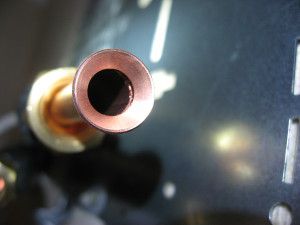
Then they move on to expanding the air conditioning pipes, bending them with a pipe bender. The bend radius must be at least two diameters. You cannot bend and unbend products more than 3 times. When routing, sharp turns are avoided in order not to deform the edges and not to reduce the "working" section.
After the flaring of the pipes at the air conditioner is completed, they proceed to the soldering of the pipeline elements to each other. For refrigeration equipment, silver and copper-phosphorus solder is used. Then they move on to connecting pipelines to the service valves of the outdoor and indoor units. Either adapters or welding are used here.
When the cooling line is connected to the nozzles of both modules, the tightness of the system is determined. This requires nitrogen and an electronic leak detector. After that, a vacuum is created in it and freon is pumped in.
Insulation of copper pipes
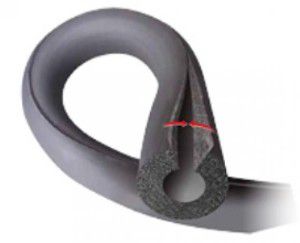
Do not forget about the insulation for the copper pipes of air conditioners, which serves as a heater for them and prevents condensation from forming. It is usually made from expanded polymer rubber having a very low specific gravity. The refrigerant piping is thermally insulated along its entire length by simply putting the insulation on top. Seams are glued with silicone sealant or wrapped with electrical tape.
Fittings and other difficult areas are not covered with insulation for the copper pipes of air conditioners. It is advisable to minimize the number of seams in mechanical and thermal protection as much as possible so that the performance of the device does not drop.
Copper pipes of air conditioners have high-quality insulation that can withstand the temperature range from -30 ° C to + 80 ° C. It is easy to cut, pulls effortlessly onto the pipeline and has high strength.
Drain pipe for air conditioner
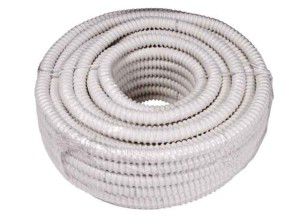
As already mentioned, to drain the condensate of the air conditioner, it is necessary to install a drainage pipeline, which is mainly made from a polypropylene or polystyrene tube corrugated outside. The drain is organized in several ways:
- outside;
- into the sewer;
- by gravity into a special container.
In order for the drain pipe for the air conditioner to serve for a long time, and no rise or sagging is formed on its surface, it is necessary to select a suitable throughput, and the slope of laying should be no more than 1%. If this is not possible, use a drain pump.
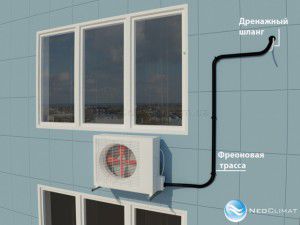
In the distribution system, the drainage hoses are tried to ensure maximum tightness at the connection in order to prevent an increase in humidity inside the room, which forces the device to work in an increased mode and significantly reduces energy efficiency.
Inside the room, the drain pipes for air conditioners are removed into a decorative box along with the rest of the communications. The box goes along the wall and goes out into the street, where the excess fluid will be drained from the system.
If the air conditioner will operate in winter, then a heating cable of appropriate power or an electric heater is installed to warm up the drain hose, which does not allow the moisture coming out of the pipe to freeze.
Installation of air conditioners should be performed only by craftsmen with appropriate education and experience, otherwise expensive equipment breaks down or gives poor performance.

